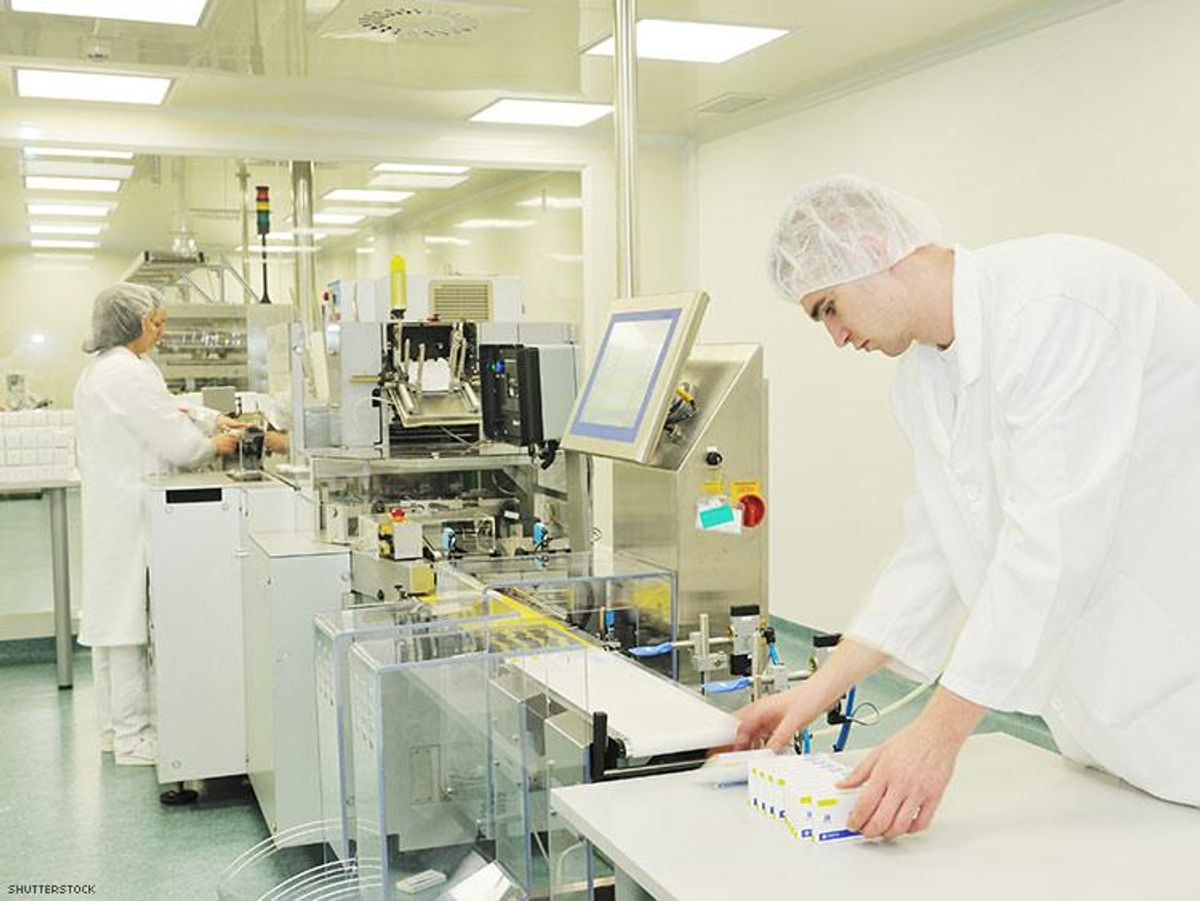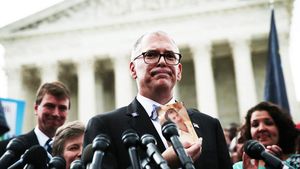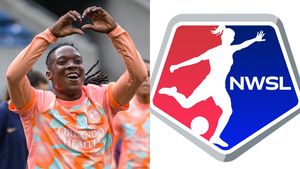The world of pharmacology and the process of getting a drug to your local pharmacy’s pickup shelf can be something akin to the fantasy world of The Matrix. But it’s not as simple as choosing between a red or blue pill.
In the real world, the road from the development lab to your medicine cabinet is usually long and complex.
Some drugs are developed to treat a specific disease. Other times, a drug’s potential is discovered by accident. Every drug takes a unique path.
To help consumers better understand this, the Food and Drug Administration has published an online guide to explain how drugs are approved, and provide consumers with an easy to follow, step by step guide to that process.
But just like in The Matrix, you may not be able to leap tall buildings in a single bound like Morpheus or dodge bullets like Neo, without guidance.
That’s exactly what this article is designed to do, to explain the agency's rigorous evaluation process, how the FDA scrutinizes everything about the drug, from the design of clinical trials to the severity of side effects to the conditions under which the drug is manufactured.
The FDA calls this first step Investigational New Drug Application or IND. This is when a company in the pharmaceutical industry seeks advice from the FDA about a new medication. But in truth, this stage comes long after that drug is conceived, tested and developed.
The burden is upon those companies and research institutions to show the FDA their results of tests on laboratory animals, and to explain their proposals for the next stage: human testing.
This is when the FDA decides whether it is reasonably safe for the company to move forward with testing the drug on people. Most drugs that undergo animal testing never even make it to the human testing and review by the FDA.
The Clinical Trials phase can begin only after an IND is reviewed by the FDA and a local group called an institutional review board (IRB): a panel of scientists and non-scientists in hospitals and research institutions that oversees clinical research.
The very first human trials, also known as phase 1 studies, are usually conducted in healthy volunteers. What these studies will reveal are the drug's most frequent side effects and, often, how the drug is metabolized and excreted. The number of subjects typically ranges from 20 to 80 people.
Sometimes, one phase is all that’s needed; the drug is determined to be unsafe and the FDA sends the manufacturer back to the drawing board.
But so long as there are no serious side effects or deaths, or what the FDA calls “unacceptable toxicity,” the drug moves to Phase 2, to test the effectiveness of the drug in people who have a certain disease or condition.
This is when something called a controlled trial begins. Patients receiving the drug are compared with similar patients receiving an inactive substitute, called a placebo, or an entirely different drug. The focus is on short-term side effects on the human test subjects, ranging from a few dozen to about 300.
If the drugs works as promised in Phase 2, then it’s onto Phase 3 studies of a proposed medication’s safety and effectiveness, where scientists study how it impacts a variety of populations, what dosages are most effective and how the drug interacts with other drugs. As few as several hundred people are tested, or as many as about 3,000.
There are talks between the FDA and its developer, called the sponsor, to figure out how it will be sold to the public.
And then that sponsor formally asks the FDA for approval. It’s called the New Drug Application or NDA. The FDA has 60 days to decide whether to take the next step.
The agency reviews at least 90 percent of NDAs for standard drugs no later than 10 months after the applications are received. For priority drugs, that timeline is about six months.
The final stage is for the FDA to evaluate the sponsor's research on the drug's safety and effectiveness, to review the information that will appear on a drug's instructional label, specifically the directions for use. The last part of this process is for agents of the FDA to personally inspect the facilities where the drug will be manufactured if approved.
The FDA then either approves the application so it can be made and sold, or it issues the agency’s equivalent of a “Dear John” letter, a rejection response that explains why the drug is not approved.



































































